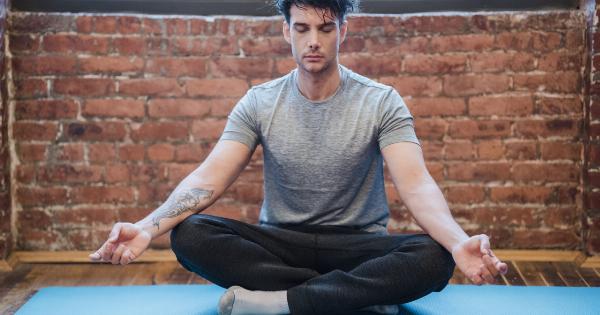Most of us spend hours in front of screens with our necks craned forward, slouching our shoulders, and sitting with our hips rolled forward.
This poor posture can lead to an array of issues such as back and shoulder pain, headaches, and even digestive problems. Fortunately, improving your posture is possible with some minor adjustments. Here are seven tips to help you correct your posture and improve your overall well-being.
1. Stand Up Straight
The first and most basic tip might seem obvious: stand up straight. But many of us have developed a habit of slouching or hunching over when we stand.
To stand up straight, keep your shoulders back and down, your chest lifted, and your chin parallel to the ground. This simple act of standing tall can have a profound effect on your overall posture and how you feel.
2. Align Your Ears, Shoulders, and Hips
When you’re standing or sitting, ensure your ears are aligned directly over your shoulders, and your shoulders are aligned over your hips. This stacking of the joints can help lessen the strain on your body.
You can check your alignment by standing against a wall and ensuring your head, shoulders, hips, and heels are all touching the wall. If they’re not, adjust your posture until they are.
3. Engage Your Core
Engaging your core muscles can help support your spine and align your posture. To engage your core, imagine you’re pulling your belly button in toward your spine, feeling your abdominal muscles contract.
You can practice engaging your core even when sitting at a desk, driving your car, or doing daily activities.
4. Adjust Your Seat
When sitting, make sure your feet are flat on the floor, and your thighs are parallel to the ground. Keep your hips pushed back against the chair and avoid crossing your legs, which can lead to uneven pelvis alignment.
If your chair is adjustable, ensure your computer monitor is at eye level, and you’re not craning your neck upward to see the screen.
5. Take Stretch Breaks
Taking frequent breaks to stretch can help alleviate stiffness and soreness in your neck, shoulders, and back.
Stand up and stretch your arms overhead, take a walk around your workspace, or perform some basic yoga poses to get your blood flowing and loosen up tight muscles.
6. Consider Your Sleeping Position
Your sleeping position can also affect your posture. Avoid sleeping on your stomach, which can cause your neck to twist unnaturally. Instead, sleep on your back or side, using pillows to support your neck and spine.
Make sure your mattress and pillows are supportive and not sagging, which can lead to misalignment.
7. Be Mindful of Your Posture During Activities
Pay attention to your posture during various activities, such as using your cellphone, carrying bags, or lifting weights. Avoid tilting your head downward to look at your phone and use a hands-free device when possible.
When carrying bags, distribute the weight evenly on both sides of your body, and avoid carrying heavy items for extended periods. When lifting weights, ensure you’re using proper form and engaging your core muscles.




























